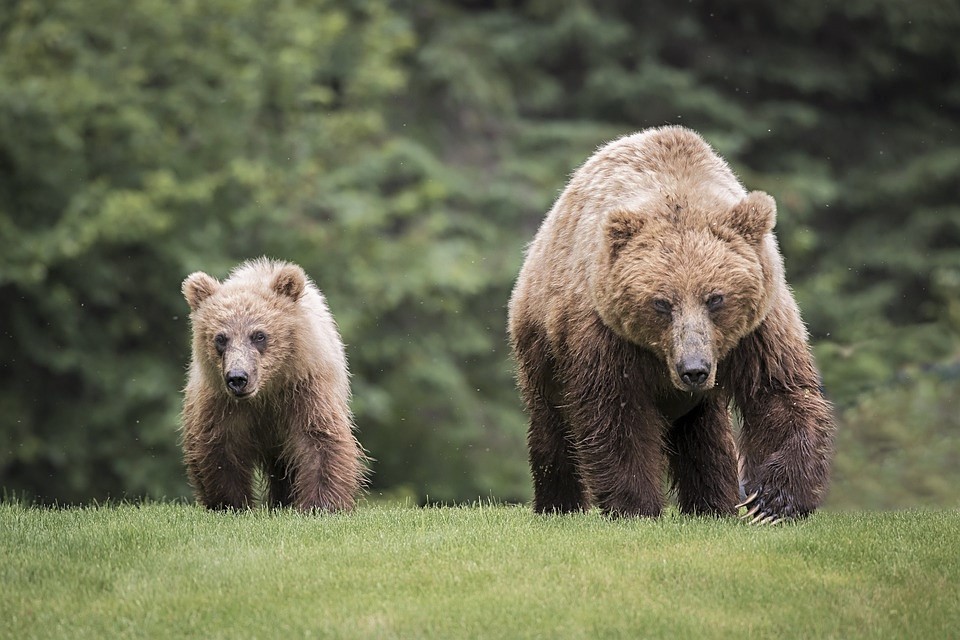By Angus M. Thuermer for WyoFile
Judge: No evidence of ‘certain and great harm’ to grizzlies
A judge shared his reasoning Friday on why he refused to halt the killing of grizzly bears, killings that protect a historic Wyoming cattle drive and ranching operation on the Bridger-Teton National Forest.
Conservation organizations presented no evidence wildlife managers will remove more female cattle-eating grizzlies from federal Sublette County grazing allotments if he doesn’t immediately step in, U.S. District Judge Amit P Mehta said.
Cowboys and –girls drove hundreds of cattle on the Green River Drift last week under a new federal 10-year plan that allows the killing of up to 72 grizzly bears over that period.
The conservation groups sued the U.S. Secretary of the Interior and others claiming the grazing plan violated the Endangered Species Act, among other laws, in part because it did not limit the removal or killing of female grizzly bears. Protected by the ESA, female grizzlies are a key component of the Yellowstone ecosystem population in question. The conservation groups sought an injunction to immediately stop the killings and removals.
But the nonprofits Western Watersheds Project, Yellowstone to Uintas Connection, and Alliance for the Wild Rockies “have not offered evidence of a ‘certain and great’ harm that is ‘likely to occur,’” while the case wends its way through court, Mehta wrote. In past years, an average of 0.7 female grizzly bears a year have been removed from the Upper Green River grazing area, the judge wrote. That suggests “the taking of more than one or two female bears during the pendency of this case is unlikely to occur.”
The conservationists did not convince the judge “that the killing of a single member of a threatened species constitutes irreparable harm, especially where, as here, the grizzly bear population has been growing for years,” Mehta wrote.
Western Watersheds Project said in a Facebook post that “Justice for grizzly bears in the Upper Green will have to wait for another day. Our lawsuit will now proceed toward a ruling on the merits.”
Other safeguards in place
In reaching his conclusion, Mehta wrote that wildlife managers have several safeguards to ensure that the removal or death of female grizzlies to protect livestock does not endanger the Yellowstone Ecosystem population of an estimated 728 bears. “The lethal taking of a nuisance bear is a last resort,” Mehta wrote, “and there are many checks in the process to ensure that the killing of such a bear, especially a female, cannot be a sudden or spur-of-the-moment decision.”
Among the alternatives are trapping and relocating a suspected cattle-eating grizzly.
You may also like
-
Foot deformities in Texas foals caused by effects of nearby wind turbines
-
Omnibus bill provision would “unleash” electronic tracking on nation’s cattle
-
Arizona rancher sues to stop million-acre national monument
-
Bob West: Facing the reality of wolves, Colorado ranchers need to be prepared
-
Protect The Harvest: The whole truth about Western ranching

